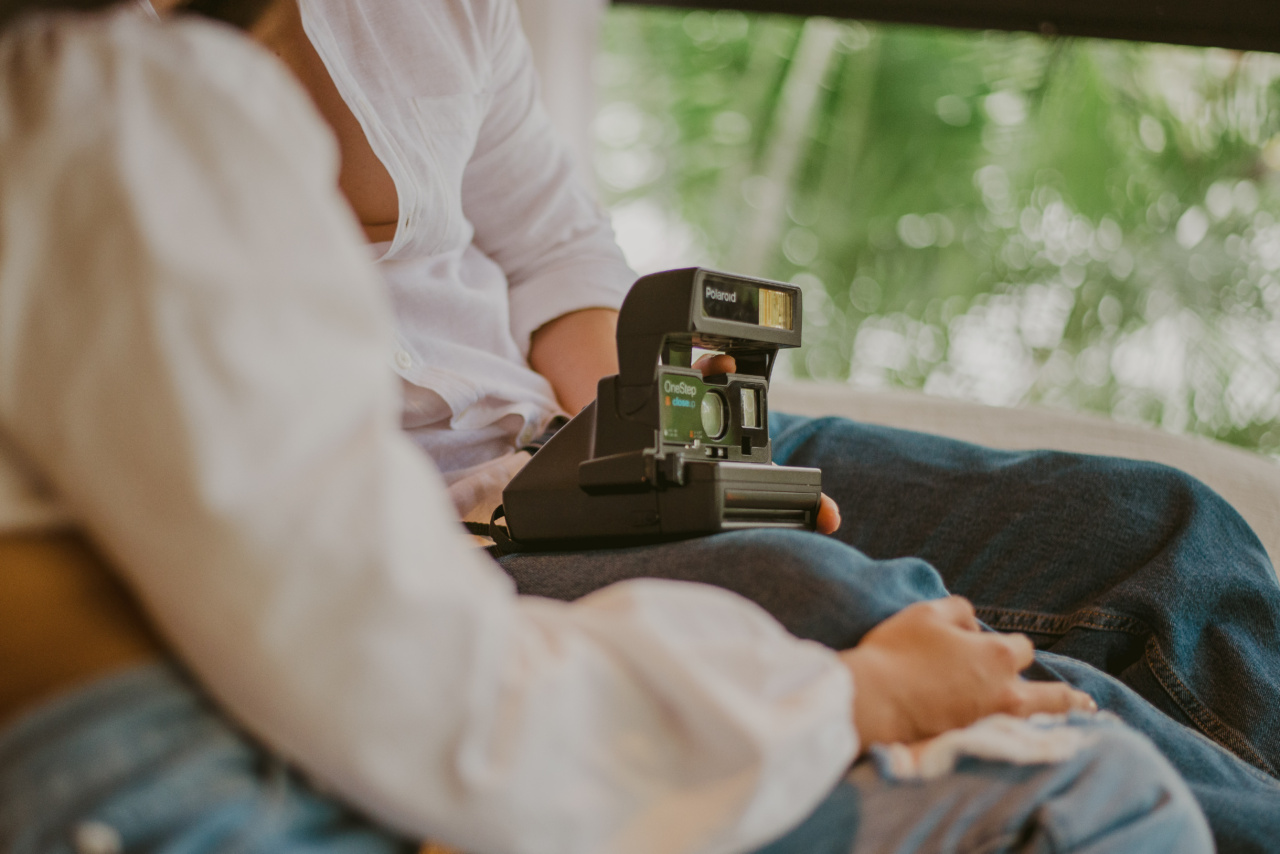Nighttime leg cramps are a common complaint among adults, especially those over the age of 50. These painful muscle spasms can occur at any time during the night, but are most often experienced in the calves and feet.
While the exact cause of nighttime leg cramps is not fully understood, there are several factors that are thought to trigger these episodes. In this article, we will discuss some of the common triggers of nighttime leg cramps and provide tips on how to prevent them.
1. Dehydration
Dehydration is a common cause of muscle cramps, including nighttime leg cramps. When your body is dehydrated, your muscles can become more susceptible to cramping and spasms.
To prevent dehydration, make sure you drink plenty of water throughout the day, and avoid consuming too much alcohol or caffeine, which can dehydrate your body.
2. Mineral imbalances
Mineral imbalances, such as low levels of potassium, magnesium, or calcium, can also contribute to nighttime leg cramps.
These minerals are essential for proper muscle function, and when they are in short supply, your muscles may be more prone to cramps and spasms. To ensure adequate intake of these minerals, eat a diet rich in potassium, magnesium, and calcium. Foods such as bananas, spinach, almonds, and dairy products are all great sources of these minerals.
3. Medications
Some medications, such as diuretics, statins, and beta-blockers, may also increase the risk of nighttime leg cramps. These medications can alter the balance of electrolytes in your body, leading to muscle cramps and spasms.
If you experience frequent leg cramps while taking a particular medication, speak to your doctor about alternative treatment options.
4. Muscle fatigue
When your muscles are fatigued, they become more prone to cramping and spasms. This is especially true for people who engage in activities that put a lot of strain on the legs, such as long-distance running or cycling.
To prevent nighttime leg cramps caused by muscle fatigue, be sure to stretch your muscles before and after exercise, and incorporate rest days into your workout routine.
5. Neurological disorders
Sometimes, nighttime leg cramps may be a symptom of an underlying neurological disorder, such as restless leg syndrome or peripheral neuropathy.
These conditions can cause nerve damage or alter the way your brain signals your muscles, leading to cramps and spasms. If you experience frequent leg cramps, especially if they are accompanied by other symptoms such as numbness or tingling, speak to your doctor about further evaluation.
6. Overexertion
Overexertion is another common trigger of nighttime leg cramps. When you exert yourself too much, your muscles can become fatigued, overstretched, and dehydrated, all of which can lead to cramping and spasms.
To prevent overexertion and subsequent leg cramps, take breaks when you feel tired or overworked, and avoid pushing yourself too hard during exercise or physical activity.
7. Injury
Injuries to the legs, such as sprains or strains, can also lead to nighttime leg cramps. When muscles are injured, they may become more easily fatigued or prone to spasms.
To prevent leg cramps caused by injury, be sure to rest and allow your legs to heal properly. See a doctor if you experience persistent pain or difficulty walking.
8. Pregnancy
Finally, pregnancy is a common trigger of nighttime leg cramps, especially during the third trimester.
During pregnancy, your body undergoes a number of physiological changes that can lead to muscle cramps and spasms, including hormonal fluctuations, increased weight, and changes in circulation. To prevent nighttime leg cramps during pregnancy, stay well-hydrated, stretch regularly, and avoid standing or sitting in one position for too long.
Conclusion
Nighttime leg cramps can be a frustrating and painful experience, but by identifying the triggers and taking steps to prevent them, you can reduce your risk of experiencing these episodes.
Remember to stay well-hydrated, eat a healthy and balanced diet, stretch your muscles regularly, and consult with a doctor if you experience persistent or severe leg cramps.





























